Wilton St, Denton
The hatting firm of Joseph Wilson & Sons was founded in 1872 by Joseph Wilson (1841/42-1892).
In 1879 he brought his eldest son, Fred (1864-22 Aug 1930), into the business and soon he was in charge of the factory.
Following the death of Joseph in 1892, Fred continued to run the business with the aid of three of his brothers (William, Alfred and Joseph) and in 1900 it became a limited company.
The residences of the four Wilson brothers were:
Fred: Wood Rd, Cheadle Hulme, Cheshire.
William: Chapel-en-le-Frith, High Peak.
Alfred: Mawson Hall, Corn Hill Ln, Audenshaw.
Joseph: Windmill Ln, Denton.
Fred Wilson was an astute businessman, who helped to form the British Felt Hatters' Federation, and he was its president from 1910 until 1912. The business continued to expand and eventually it employed nearly 1,000 people. The types of hat manufactured included, fur, stiff and velour and besides a strong home market it exported hats all over the world.
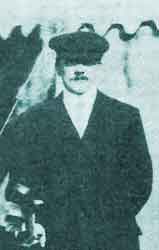
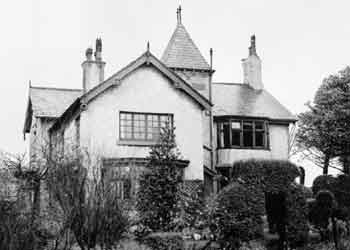
Right: Mawson Hall, Audenshaw, residence of Alfred Wilson.
In 1966 Associated British Hat Manufacturers Ltd (ABHM Ltd) was formed and five companies became its subsidiaries, namely:
The hat manufacturing companies of Joseph Wilson & Sons Ltd, J Moores & Sons Ltd and Battersby & Co Ltd were formally wound up on the 11 Feb 1977. Once hat manufacturing at the Wilton St factory had ceased it was converted into industrial units that continued until 2003 when it was demolished to make way for the Crown Point North Shopping Park. Hat manufacturing was then concentrated at Christy’s hat factory on Upper Hillgate, Stockport, but with reduced capacity and hats manufactured there were sold under the Christy name. In 1980 ABHM Ltd sold out to Cadogan Oakley Ltd of Bradford, West Yorkshire. ABHM Ltd was later wound up and this was followed by Cadogan Oakley Ltd in 2004. In 1997 the Upper Hillgate hat factory closed and was demolished in 2003. The only survivor was the resurrected Christy & Co Ltd, which relocated to Witney, Oxfordshire, with premises in London.
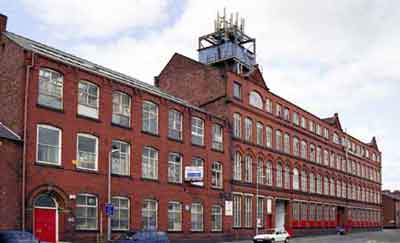 |
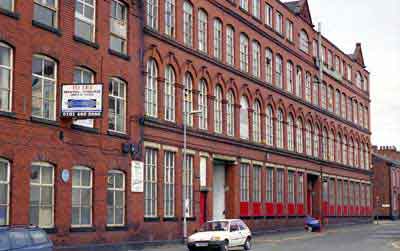 |
Joseph Wilson & Sons Ltd, May 1999. Bright St is on the right. |
Detail of the frontage, May 1999. |
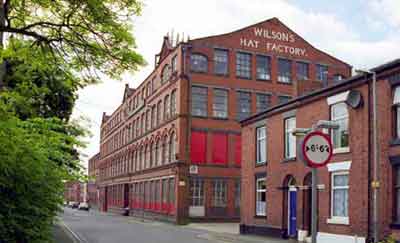 |
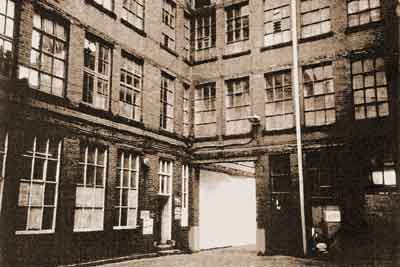 |
Joseph Wilson & Sons Ltd, May 1999. Bright St is off to the right. |
Inside the courtyard looking towards the entrance from Wilton St, 1992. |
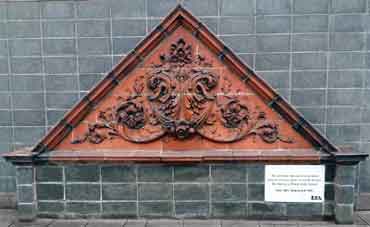 |
Terracotta pediment from the façade of Wilson’s Hat Factory. |

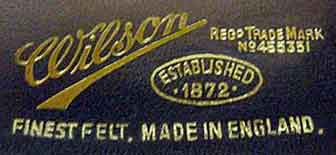
In honour of those who lost their lives » In Memoriam
